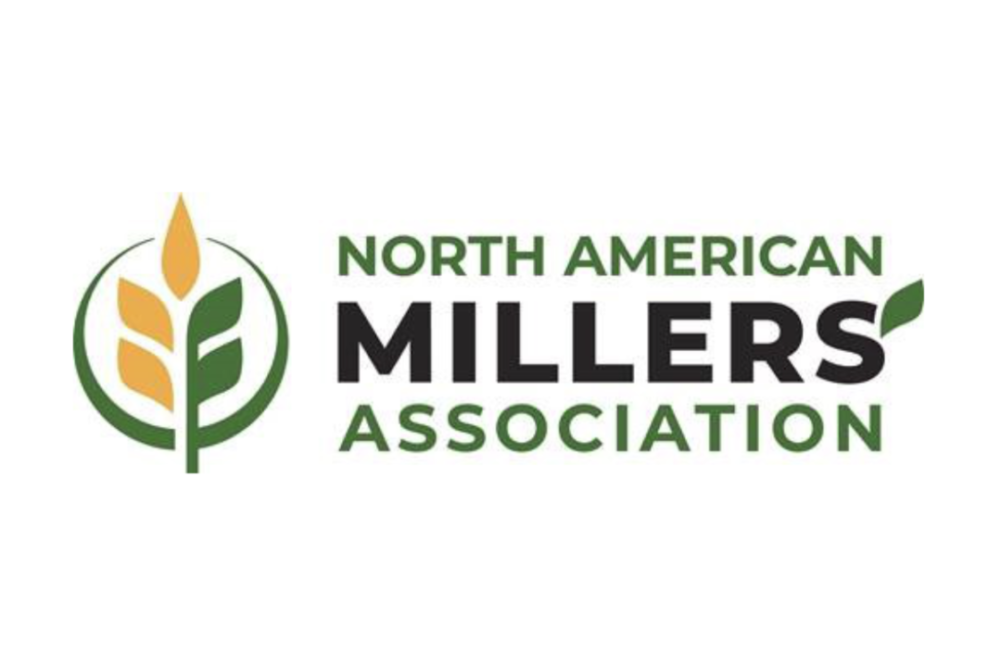KANSAS CITY — The organization was in a good place when the North American Millers’ Association decided a year ago to launch a strategic planning process. With Jane DeMarchi ensconced as NAMA’s president and a new professional structure and team in place, the time was right to examine the group’s strategic direction.
Beyond the installation of new organizational leadership, the decision to initiate a strategic planning process in 2022 reflected a sense that an existing 2016 plan was no longer an effective source of guidance for NAMA going forward. Josh Sosland, editor of Milling & Baking News.
Josh Sosland, editor of Milling & Baking News.
Source: Sosland Publishing Co.
This view was not an indictment of the 2016 process or plan. A decision in the earlier plan to add a supply chain committee showed remarkable foresight and has been accomplished. Many issues of concern in 2016 remain at the forefront in the current plan, including a need to ensure an association the size of NAMA operates with tight focus. The 2022-23 process embraced the tagline adopted in the earlier plan — the link between grain and goodness — and calls for the industry to leverage the expression by sharing the story of the group’s work.
Overall, it would be inaccurate to characterize the plan unveiled earlier this month at the group’s annual meeting as trailblazing, radically moving the association in a new direction. In addition to focusing on key technical issues, the plan offers a fresh and hopeful description by millers of “what we are” and identifies areas in which progress will be needed if the industry and its trade association are to thrive moving forward.
Elegantly replacing numerous earlier descriptions of what NAMA and milling are about, the new statement of purpose reads — “To advance and strengthen the milling industry through meaningful advocacy, collaboration and engagement by leveraging the value of our collective voice.”
The sense the older plan had “passed its expiration date” and no longer offered direction was addressed in the new plan in several ways. While the earlier NAMA strategic plan was time indefinite, the current one has been designated as a three-year plan and places a greater emphasis on accountability. Additionally, even as the plan has a new purpose, strategic pillars and “clearly defined priorities,” it also was crafted in a way to offer the organization flexibility in the face of future issues that emerge and require attention.
This approach was well explained in an Oct. 7 presentation to associate members by Emily Lehning, who was engaged by NAMA last year to facilitate the strategic planning process.
“Strategic plans are best when they are living, breathing documents,” said Ms. Lehning, co-founder of Roots & Legacies Consulting, Inc., Manhattan, Kan. “They are active. They are part of the conversation. Staff will be able to respond to someone who comes and says, ‘I have this great idea.’ They pass it through the filter of the plan, and it aligns with the strategic direction, or they say, “not yet.” Or it’s an emerging issue, and we need to bring it forward.”
Ms. Lehning said the plan is crafted to identify which levers NAMA should pull to “move the association forward.”
An element from the 2016 plan not readily apparent in 2023 is nutrition — the milling industry’s role in advocating for the central role of grain-based foods in a healthy diet. In addition to reflecting a determination to zero in on clearly defined, achievable priorities around technical issues and food regulations, the industry’s bruising experience with the breadbasket checkoff program may have factored in NAMA’s decision to step back on the nutrition front. Still, advocacy for grains remains embedded in the core belief that milling is the link between grain and goodness. Even though the industry is a fraction the size of its customers’ baking, cereal and snacks businesses, milling should never lose sight of its unique position at the epicenter of the grain-based foods universe. Finding ways to extol its products should always be top of mind for milling and a priority for employing the industry’s collective voice.






